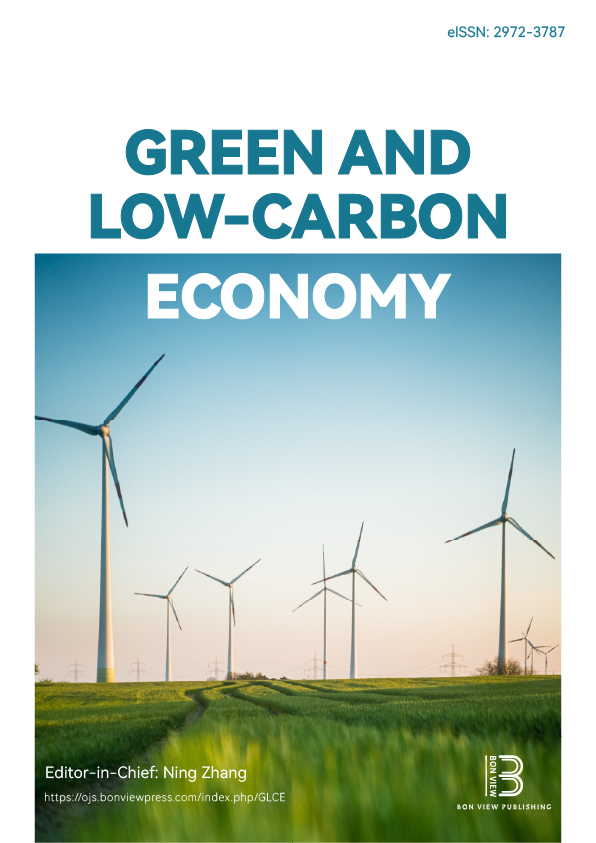Carbon Cycle Models Quantify for a Green and Low-Carbon Economy
DOI:
https://doi.org/10.47852/bonviewGLCE42022240Keywords:
global change, climate change, biomass energy, carbon cycle, global carbon model, CO2 emission scenarios, Combined Energy and Biosphere Model(CEBM)Abstract
CO2 emissions from the combustion of fossil fuels represent the largest anthropogenic disruption of the natural global carbon cycle and lead to an undesirable increase in atmospheric CO2 levels. The so-called “carbon-neutral” renewable energy source biomass appears to be a promising replacement for fossil fuels. The “Combined Energy and Biosphere Model” (CEBM) was developed as a method for calculating the atmospheric CO2 content after intensive use of biomass. It includes (i) a biosphere part computing the annual cycle of carbon in the biosphere on 2,433 grid elements covering the continents’ plant mass and soil and (ii) an energy economic part for calculating the fossil CO2 emissions of 119 countries. As the history of understanding the carbon cycle (including quantification of plant growth and decay by formulae, inclusion of deforestation, fossil fuel use, and the fertilizer effect) shows, such a global carbon cycle model (as the CEBM) provides the needed methodology to assess the net effects of large-scale biomass energy use on the plant’s atmosphere. Results show that biomass (in a systemic view) is “only half as carbon neutral” as previously thought, even on a principal level. The conclusions indicate that (even if biomass is a valuable mitigation strategy) its global potential is limited. When interpreting CEBM scenarios, as a very first priority, reducing the current annual increase in energy demand is most highly needed for preserving climate.
Received: 6 December 2023 | Revised: 5 February 2024 | Accepted: 12 May 2024
Conflicts of Interest
Gilbert Ahamer is an Editorial Board Member for Green and Low-Carbon Economy, and was not involved in the editorial review or the decision to publish this article. The author declares that he has no conflicts of interest to this work.
Data Availability Statement
Data available on request from the corresponding author upon reasonable request.
Author Contribution Statement
Gilbert Ahamer: Conceptualization, Methodology, Software, Validation, Formal analysis, Investigation, Resources, Data curation, Writing - original draft, Writing - review & editing, Visualization, Supervision, Project administration, Funding acquisition.
Downloads
Published
Issue
Section
License
Copyright (c) 2024 Author

This work is licensed under a Creative Commons Attribution 4.0 International License.


